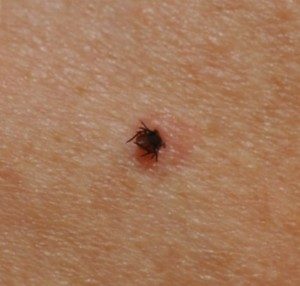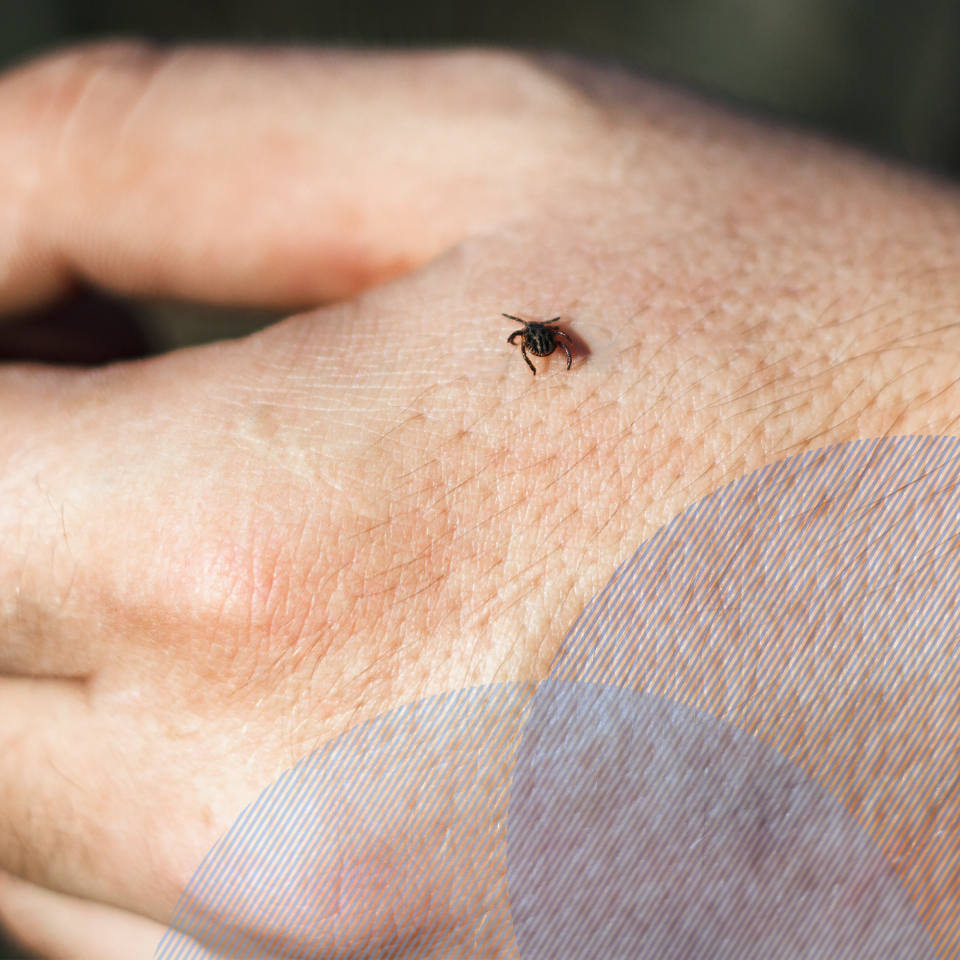Lymecare Alliance: Connecting Patients with Essential Therapy Alternatives
Lymecare Alliance: Connecting Patients with Essential Therapy Alternatives
Blog Article
Lyme Illness Recognition-- Know the Effects and Remain Protected
Lyme illness stays a substantial public wellness issue, especially in regions where ticks prevail. Early recognition of its signs, such as the particular rash and flu-like symptoms, is important for reliable treatment. In addition, comprehending the risk variables linked with transmission can educate far better preventative strategies. As outside activities enhance, so does the requirement for detailed recognition and defense procedures (Lymecare Alliance). What particular steps can people take to protect themselves against this often-overlooked illness, and how can communities enhance their total feedback?
Comprehending Lyme Disease
Lyme condition, a prevalent tick-borne ailment, is created by the bacterium Borrelia burgdorferi. This illness is primarily sent to humans with the bite of contaminated black-legged ticks, frequently called deer ticks. The geographical circulation of Lyme disease is largely concentrated in the northeastern, north-central, and Pacific seaside regions of the United States, although instances have been reported in various other locations as well.
The life cycle of the tick plays an essential function in the transmission characteristics of Lyme illness. Human exposure to ticks is especially raised in grassy or woody locations, especially throughout warmer months when ticks are most energetic.
Understanding the ecology of Lyme illness is important for effective avoidance approaches. Recognition of tick environments and actions can dramatically decrease the possibility of bites. Additionally, public education on proper tick removal techniques and the significance of personal protective procedures can aid mitigate the threat of contracting this complex and potentially debilitating illness.
Typical Signs And Symptoms to Recognize
Identifying the common signs and symptoms of Lyme illness is critical for early medical diagnosis and therapy. The initial manifestation frequently includes a particular skin rash referred to as erythema migrans, which appears as a red circular patch with a central clearing, appearing like a "bull's- eye." This rash usually establishes within 3 to one month after a tick bite and can differ in size.
In enhancement to the rash, people may experience flu-like signs and symptoms, consisting of fever, chills, fatigue, muscle aches, and joint pain. These signs can be misleading, as they are usual to lots of other health problems. If left untreated, Lyme illness can proceed to extra extreme symptoms, consisting of neurological concerns such as meningitis, facial palsy, or cognitive disabilities.
Joint swelling, especially in the knees, is one more significant sign that might develop in later stages. Some clients report increased exhaustion or consistent frustrations. Understanding of these signs is crucial, as very early discovery can lead to reliable treatment, generally including anti-biotics. Timely treatment can prevent the development of the disease and decrease the danger of long-lasting difficulties. Therefore, alertness is essential in determining and dealing with the signs connected with Lyme illness.

Threat Variables and Transmission
Understanding the risk variables and modes of transmission related to Lyme disease is crucial for efficient avoidance. Lyme illness is primarily sent via the bite of infected black-legged ticks, frequently referred to as deer ticks. These ticks flourish in wooded, verdant, and brushy locations, making outdoor tasks in such atmospheres a significant danger element for transmission.
People who take part in exterior entertainment activities such as outdoor camping, hiking, or horticulture are a lot more likely to run into these ticks. In addition, residing in or visiting regions where Lyme disease is native to the island, including parts of the northeastern, north-central, and Pacific coastal regions of the United States, increases exposure danger. Particular occupations, such as forestry, farming, and landscape design, additionally pose heightened dangers because of extended outdoor direct exposure.
Moreover, the life cycle of the tick, which needs certain environmental conditions, influences transmission dynamics. Elements such as environment modification, which influences tick habitats and populaces, can better intensify danger. Recognizing these elements is critical for people to identify their potential direct exposure and take needed precautions to reduce their danger of having Lyme illness.
Effective Prevention Approaches
Regularly implementing effective prevention techniques is crucial for reducing the risk of Lyme disease. The very first line of protection is to stay clear of areas known for high tick populations, particularly wooded and grassy atmospheres. When exterior activities are unavoidable, putting on safety clothes is important. Lengthy sleeves, long trousers, and securely woven textiles can aid lessen skin direct exposure. Furthermore, light-colored clothing makes it less complicated to identify ticks.

Enlightening family members and close friends regarding these avoidance approaches fosters community recognition and vigilance, more reducing the possibility of Lyme illness transmission. By embracing these measures, individuals can efficiently safeguard themselves from the dangers associated with Lyme illness.
Significance of Early Discovery
Early discovery of Lyme disease dramatically affects treatment results and can avoid the development of the ailment - Lymecare Alliance. The onset of Lyme condition are commonly noted by flu-like signs, consisting of fever, exhaustion, and the characteristic erythema migrans breakout. Identifying these indicators immediately permits prompt intervention, which normally entails a training course of antibiotics. When dealt with early, many individuals discover here recover completely without lasting complications.
On the other hand, delayed diagnosis can bring about extra extreme indications of the condition, including neurological and cardiac complications, which can be more challenging to deal with and might cause prolonged health problems. Late-stage Lyme illness may require prolonged antibiotic treatment and can cause chronic signs and symptoms, considerably affecting top quality of life.
Overall, boosting recognition around the early indications of Lyme condition is vital for efficient monitoring and prevention of more significant health effects. Early intervention is not just useful for the private however additionally vital in minimizing the total worry of Lyme condition in the neighborhood.
Verdict
In summary, boosting understanding of Lyme Condition is vital for advertising very early detection and efficient prevention. Ultimately, a collective effort to stay notified and vigilant versus Lyme Illness can boost community wellness and minimize the impact of this potentially serious health problem.
Lyme disease browse around this site continues to be a considerable public health concern, especially in regions where ticks are common.The life cycle of review the tick plays an important duty in the transmission dynamics of Lyme disease.Understanding the threat factors and modes of transmission linked with Lyme condition is necessary for reliable avoidance. Lyme illness is largely transmitted with the bite of contaminated black-legged ticks, typically understood as deer ticks. Comprehending these aspects is crucial for individuals to acknowledge their prospective exposure and take essential safety measures to minimize their risk of having Lyme condition.
Report this page